Charms that people around the world use for spiritual protection
Spiritual charms have been an integral part of human culture, offering a sense of protection and peace across the globe. From the bustling markets of Istanbul to the serene temples of Kyoto, these talismans reflect the rich tapestry of beliefs and traditions.
Each culture imbues its charms with unique meanings and uses, providing fascinating insights into human spirituality and the universal quest for safety and comfort. Let’s explore these captivating symbols and their stories from around the world.
Hamsa Hand: A Universal Symbol of Protection
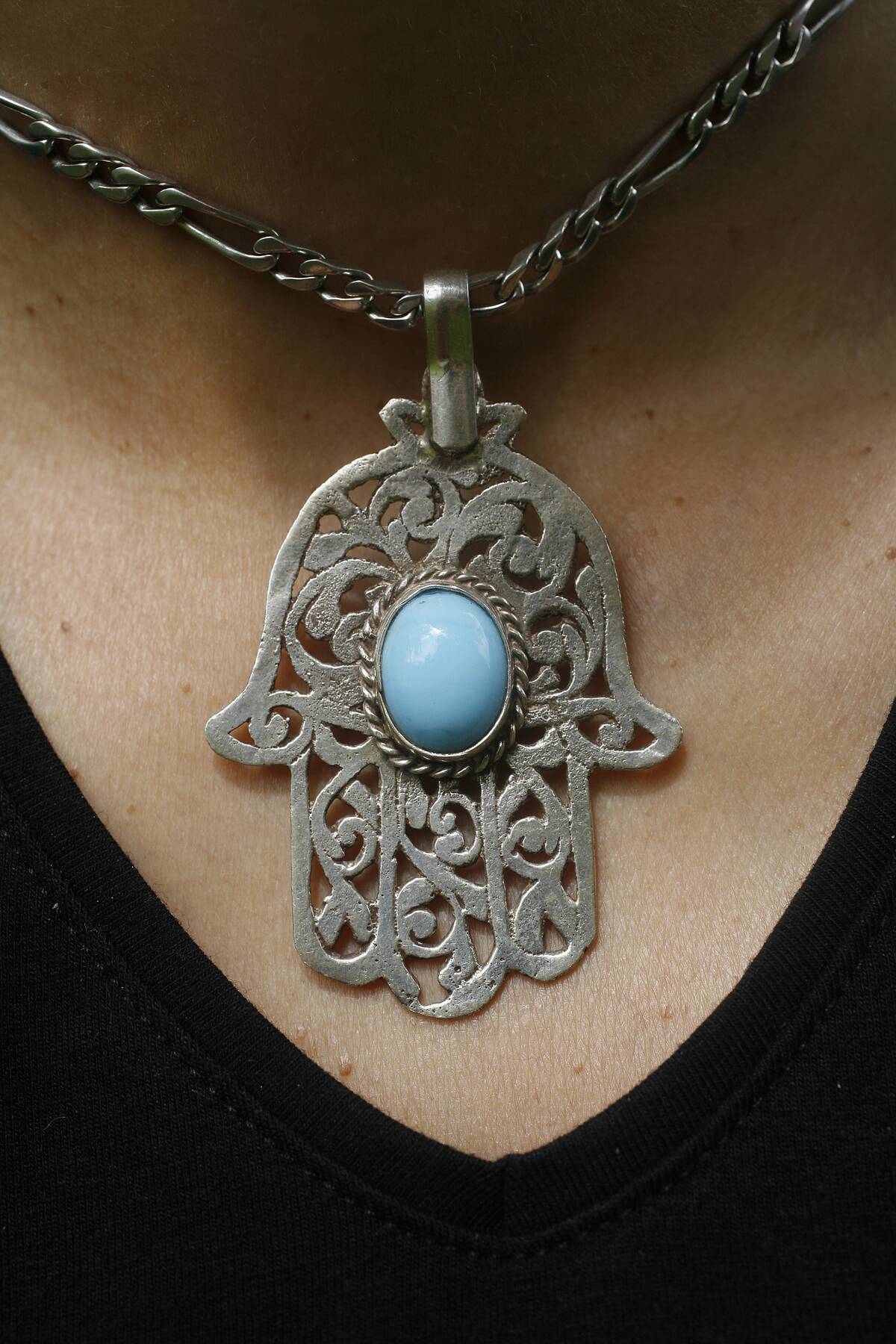
The Hamsa Hand, often depicted with an eye in the center, is a universal symbol of protection found in Middle Eastern cultures. It’s believed to ward off the Evil Eye and bring good fortune.
The five fingers of the Hamsa represent the five senses, encouraging mindfulness and awareness. This talisman is embraced by both Jews and Muslims, showcasing a shared cultural heritage and a common belief in its protective powers.
Dreamcatchers: Native American Safeguards

Originating from Native American cultures, dreamcatchers are believed to filter out bad dreams, allowing only positive dreams to reach the sleeper. Traditionally made with willow hoops and sinew, these beautiful creations are often decorated with feathers and beads.
The web-like pattern is designed to trap nightmares, letting them dissolve with the morning light. They serve as both protective charms and works of art, embodying the rich traditions of indigenous peoples.
The Power of Crystals: Nature’s Protective Talismans

Crystals have long been revered for their purported healing and protective properties. Each type of crystal, like amethyst or black tourmaline, is believed to offer different benefits, from warding off negative energies to promoting clarity and peace.
These natural wonders are not just beautiful to look at; many people use them in spiritual practices, believing in their ability to balance energy fields and enhance personal well-being.
Red String Bracelets: The Kabbalistic Shield
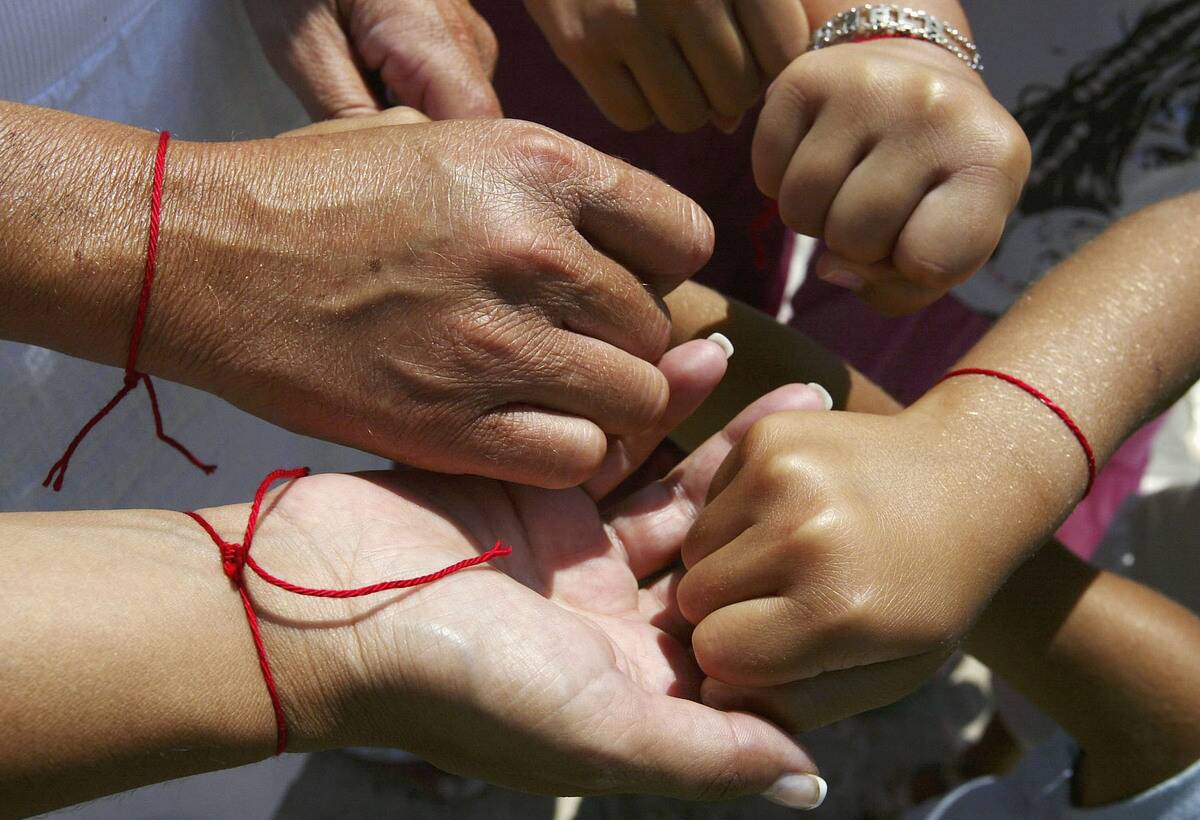
The red string bracelet, often associated with Kabbalah, is a protective amulet worn to ward off the Evil Eye. Typically tied on the left wrist, it’s thought to be the receiving side of the body and soul.
This simple yet powerful symbol is believed to absorb negative energies and protect the wearer from harm. Its popularity extends beyond Jewish communities, embraced by people of various faiths seeking protection and luck.
Horseshoes: A Western Icon of Good Fortune
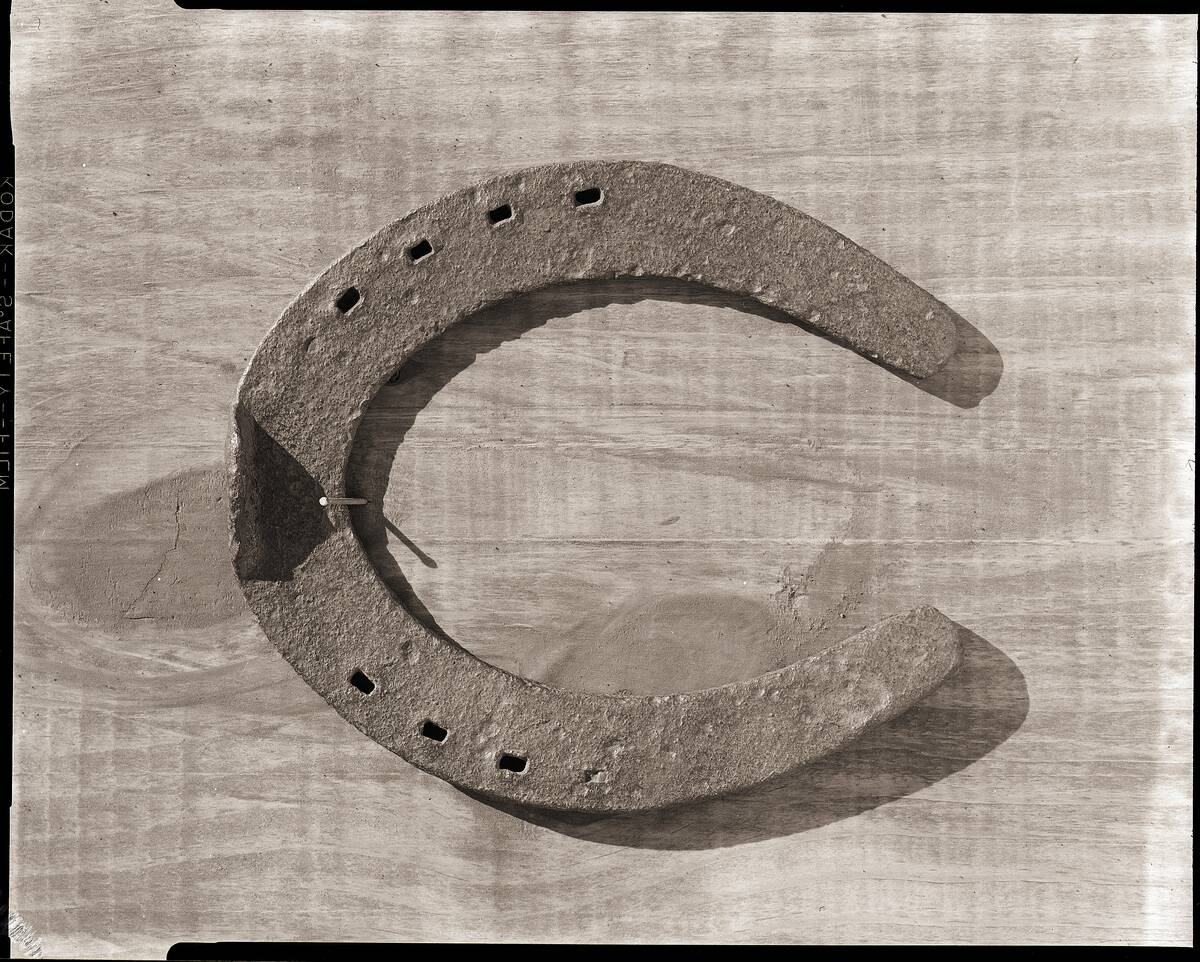
In Western folklore, the horseshoe is a well-known symbol of luck and protection. Traditionally, it’s hung above doorways to ward off evil spirits and bring good fortune to the home.
The shape of the horseshoe, resembling a crescent moon, is believed to attract prosperity. The practice of using horseshoes dates back to the Middle Ages when blacksmiths were considered lucky, and their ironwork was thought to possess magical properties.
Omamori: Japanese Blessings and Protection
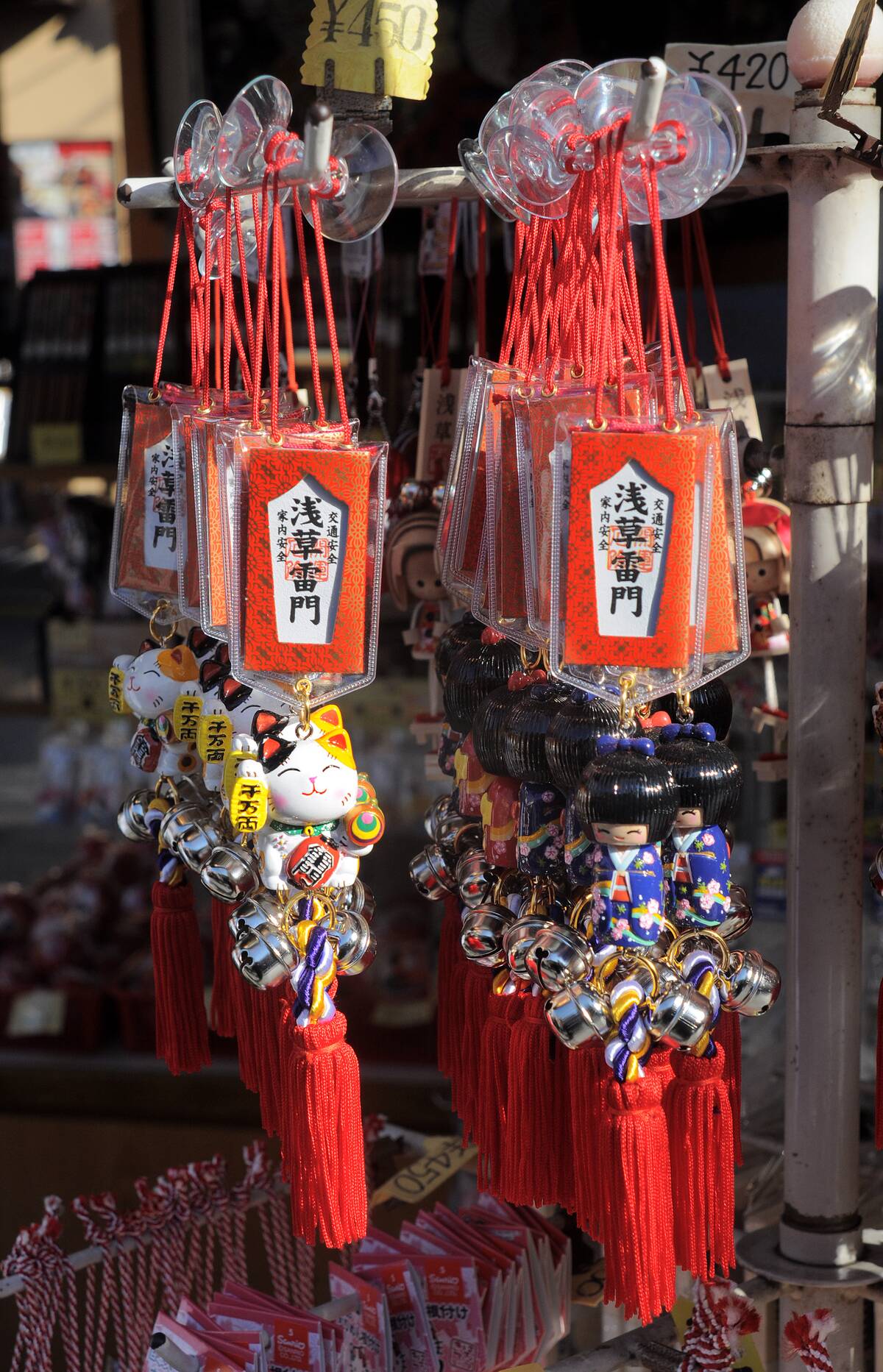
Omamori are Japanese amulets often sold at Shinto shrines and Buddhist temples, offering protection and luck. Each omamori is dedicated to a specific purpose, such as safe travel or good health.
These small, colorful pouches contain prayers and are kept close to ward off misfortune. The tradition of carrying omamori is deeply rooted in Japanese culture, reflecting a harmonious blend of spirituality and everyday life.
Nazar Boncugu: A Turkish Ward Against Envy
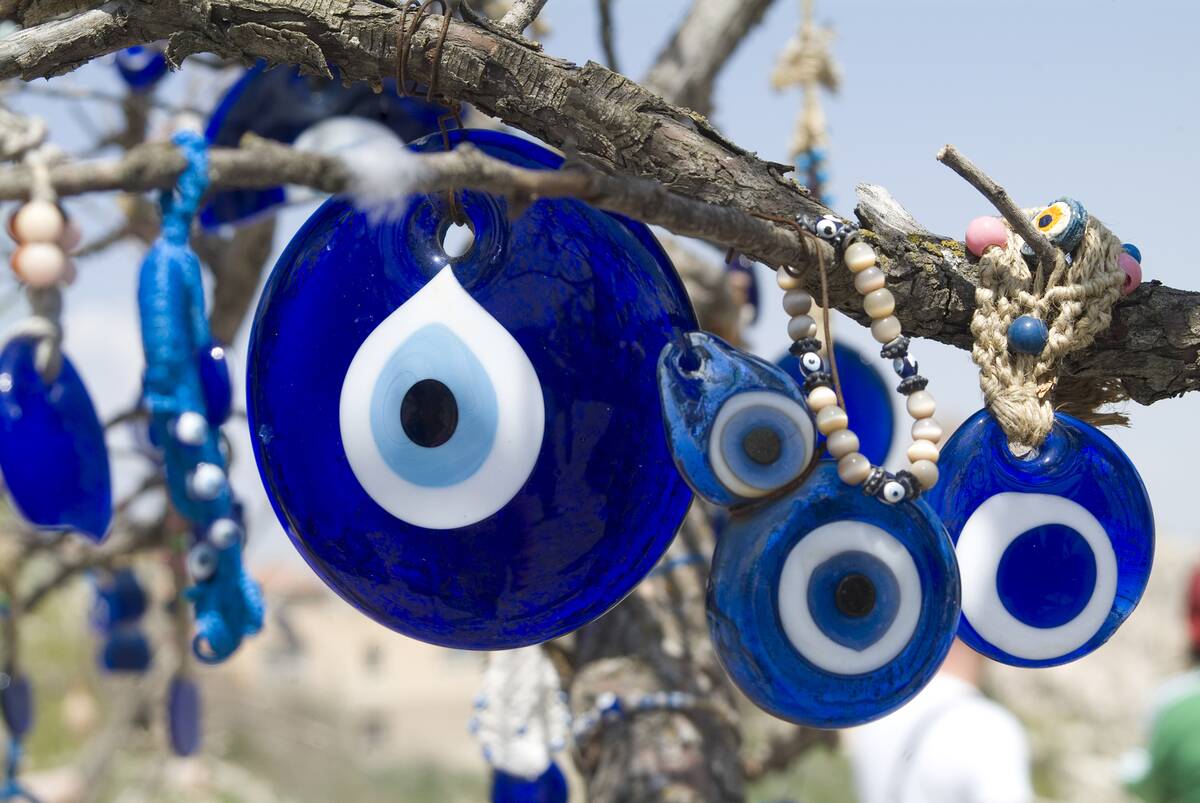
The Nazar Boncugu, or Turkish Evil Eye bead, is a popular charm used to protect against envy and negative energy. This blue and white bead is often seen in homes, cars, and jewelry across Turkey.
It functions similarly to the Evil Eye, believed to reflect malicious stares and prevent harm. The vibrant blue color is thought to symbolize good luck and positive energy, making it a cherished emblem of protection.
The Cross: A Christian Symbol of Divine Protection

The cross is a central symbol of Christianity, representing the sacrifice of Jesus Christ and offering protection to believers. Many Christians wear crosses or keep them in their homes as a sign of faith and a shield against evil.
The cross is not only a symbol of salvation but also a reminder of divine presence and guidance. Its simplicity and profound meaning make it a powerful emblem for millions worldwide.
Ankh: Ancient Egypt’s Key to Life
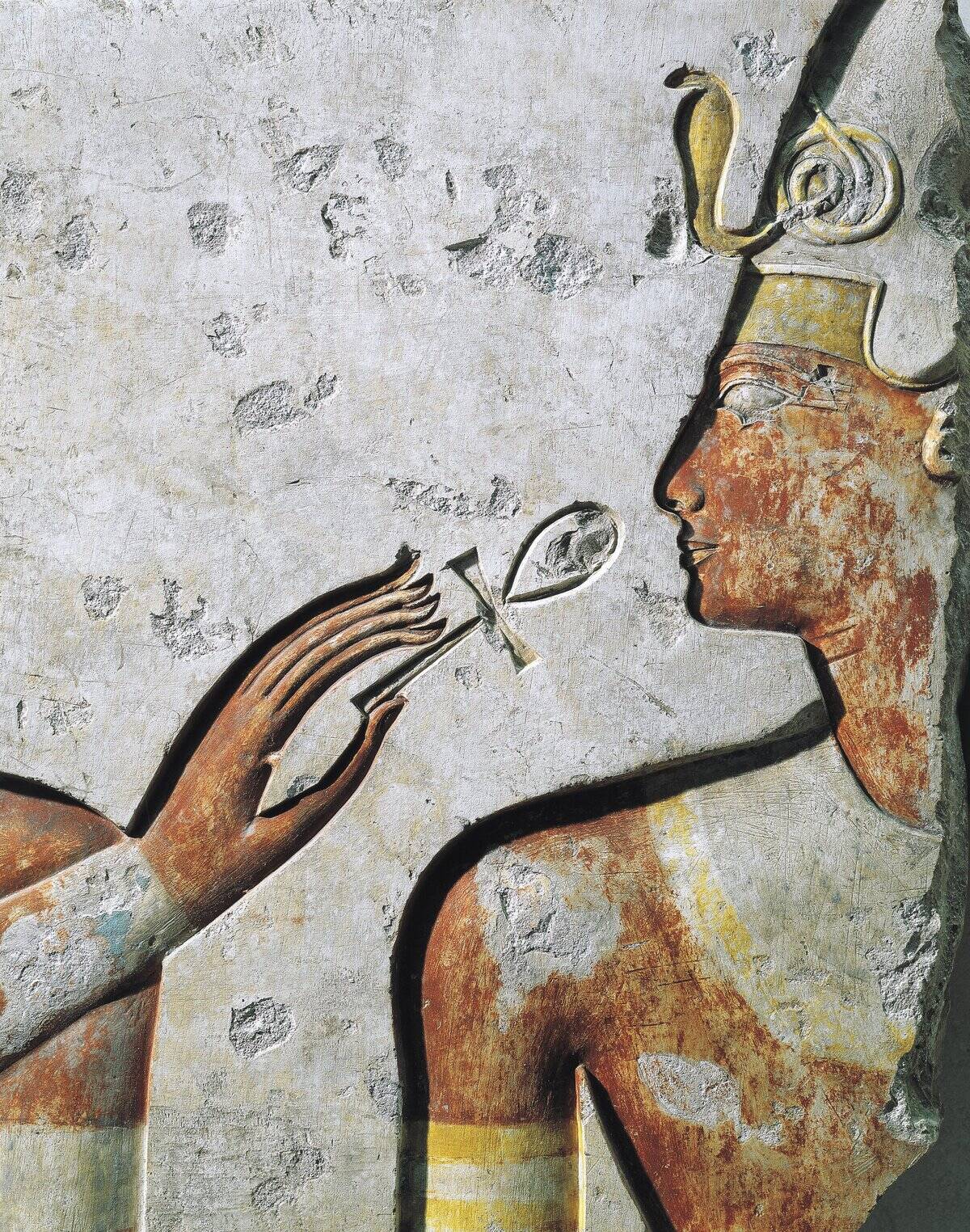
The ankh, an ancient Egyptian symbol, is often referred to as the key of life. It represents eternal life and was frequently depicted in the hands of deities in Egyptian art.
The loop at the top of the ankh is said to symbolize the sun rising on the horizon, signifying rebirth and renewal. This powerful symbol has transcended its origins, becoming a popular amulet for those seeking longevity and spiritual enlightenment.
Rune Stones: Norse Symbols of Defense
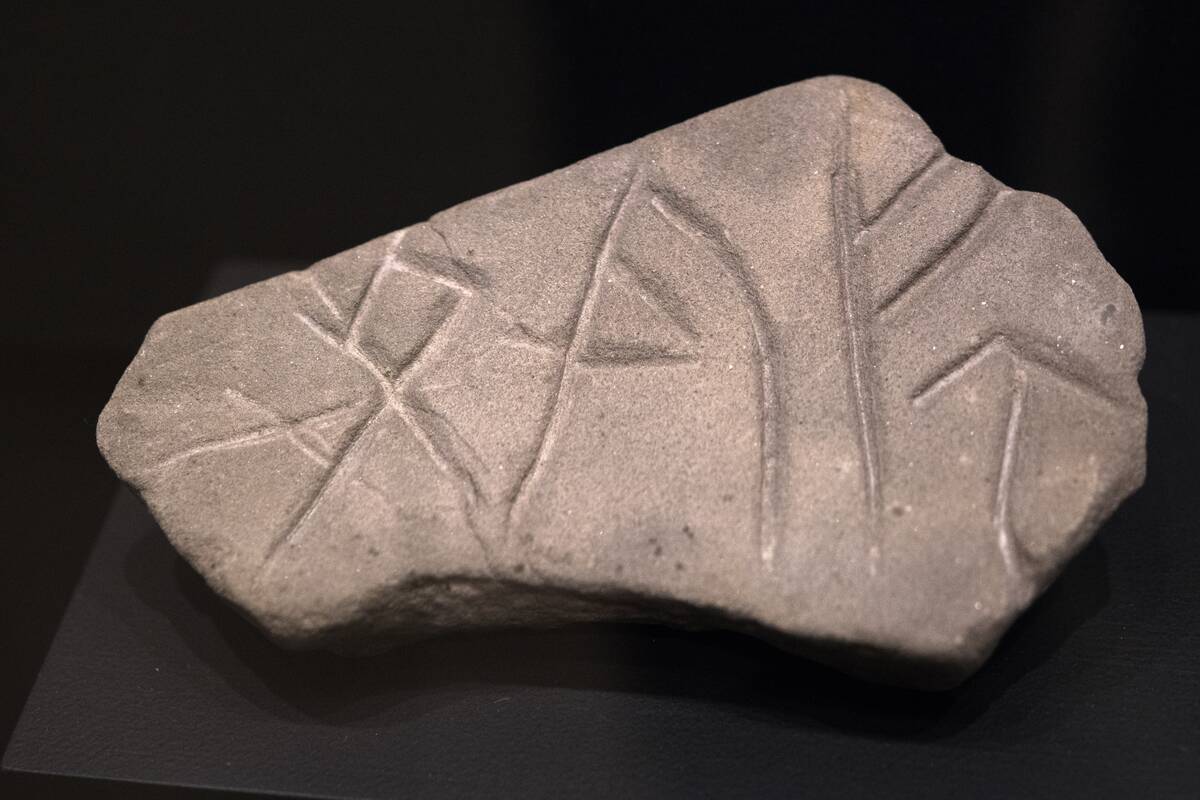
Rune stones, with origins in Norse and Germanic cultures, are inscribed with ancient symbols believed to hold protective and mystical powers. Each rune has a unique meaning and is used in divination and rituals for guidance and protection.
The use of runes dates back to the Viking Age, where they were carved into stones, weapons, and amulets. Today, they are still used by those drawn to their mysterious and ancient energy.
Salt: A Universal Purifier and Protector

Salt has been used across cultures and religions as a symbol of purification and protection. In many traditions, salt is sprinkled around homes or used in rituals to ward off evil spirits and negative energy.
Its preservative qualities have led to its association with purity and incorruptibility. Whether used in a spiritual context or simply placed in a bowl, salt remains a potent protector against unseen threats.
Bells: A Musical Deterrent for Malevolent Spirits
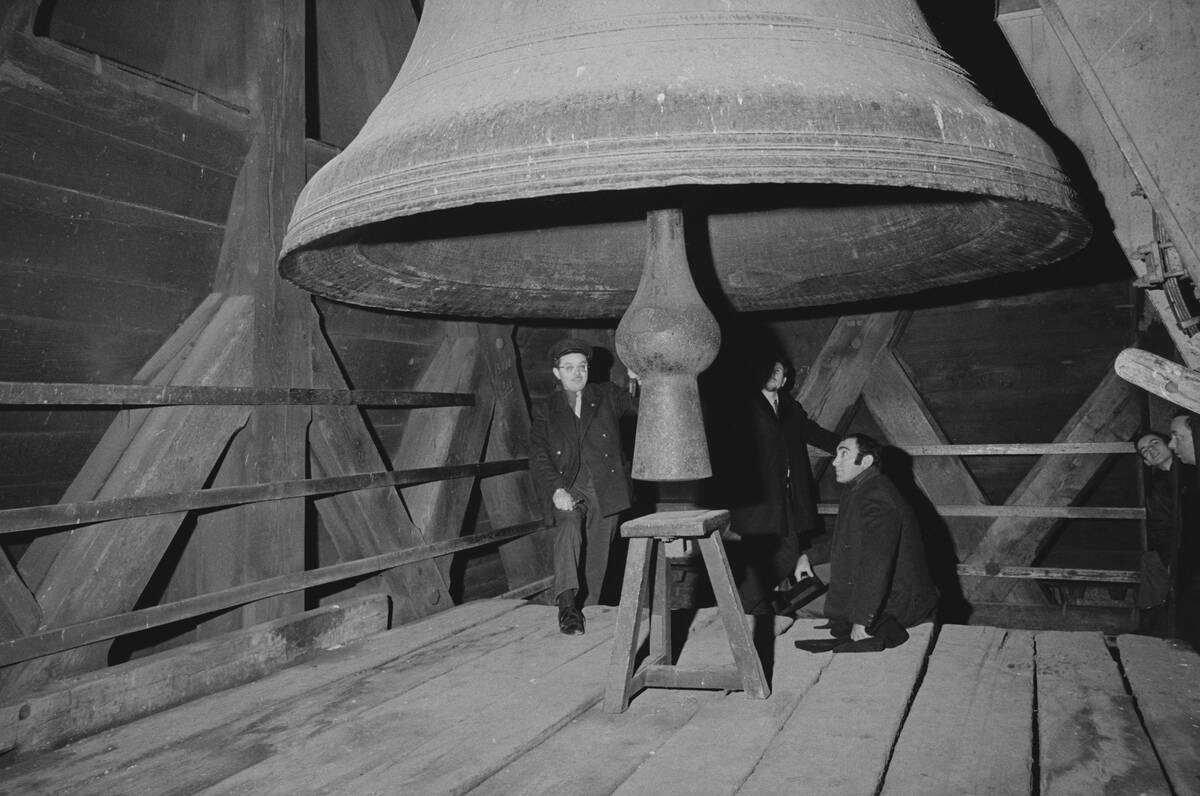
In many cultures, the sound of bells is believed to ward off evil spirits and negative energy. The ringing of bells is often used in religious ceremonies and rituals to cleanse spaces and invite positive energy.
From church steeples to hand-held chimes, bells serve as a sonic barrier against malevolent forces. Their clear, resonant tones are thought to purify the air and create a sacred space of protection.
Buddhist Prayer Flags: Warding Off Negative Energy

Buddhist prayer flags, often seen fluttering in Himalayan regions, are used to promote peace, compassion, and protection. Each flag is inscribed with prayers and mantras, believed to spread positive energy as the wind carries them.
The five colors of the flags represent the elements, creating a balance that wards off negativity. These flags are a beautiful reminder of the interconnectedness of all beings and the protective power of prayer.
Mandalas: Spiritual Circles of Protection
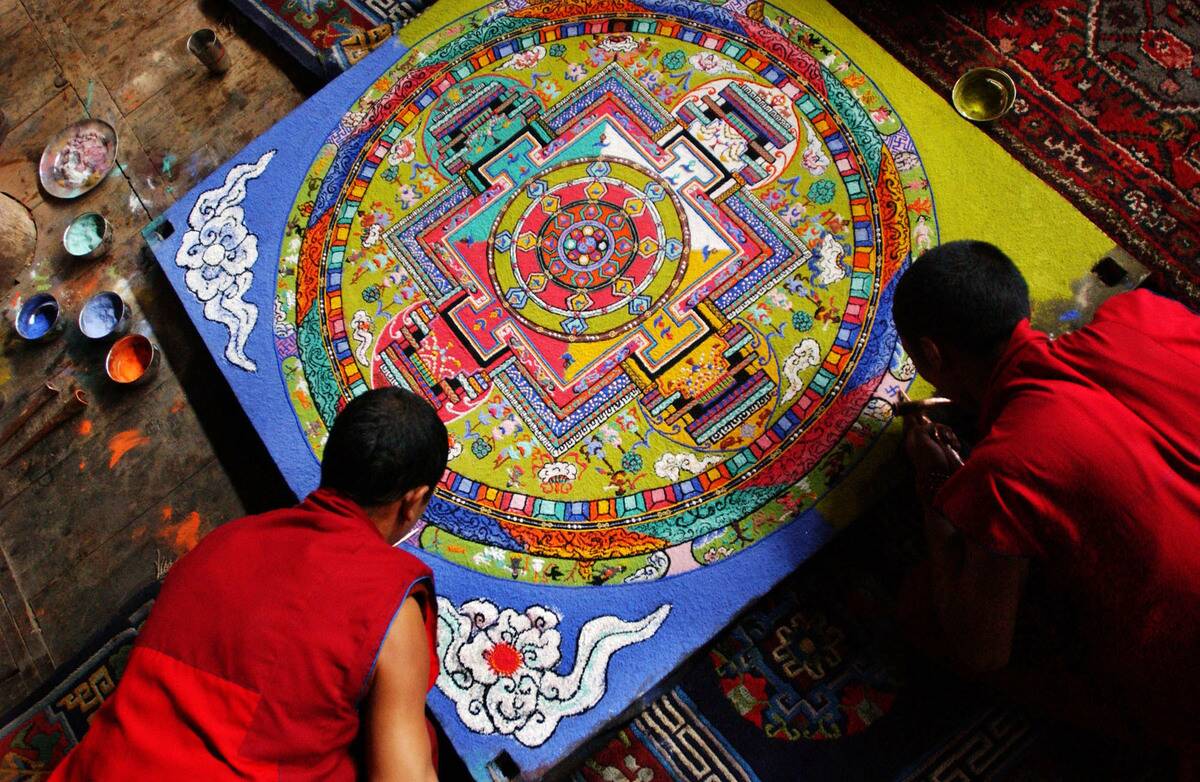
Mandalas are intricate designs used in various spiritual traditions as a tool for meditation and protection. Originating from Hindu and Buddhist cultures, mandalas represent the universe and are used to focus the mind during meditation.
The circular patterns are believed to create a sacred space and invite spiritual energies. Creating or contemplating a mandala can provide a sense of peace and grounding, acting as a protective shield for the mind.
Sigils: Personal Symbols of Power and Defense
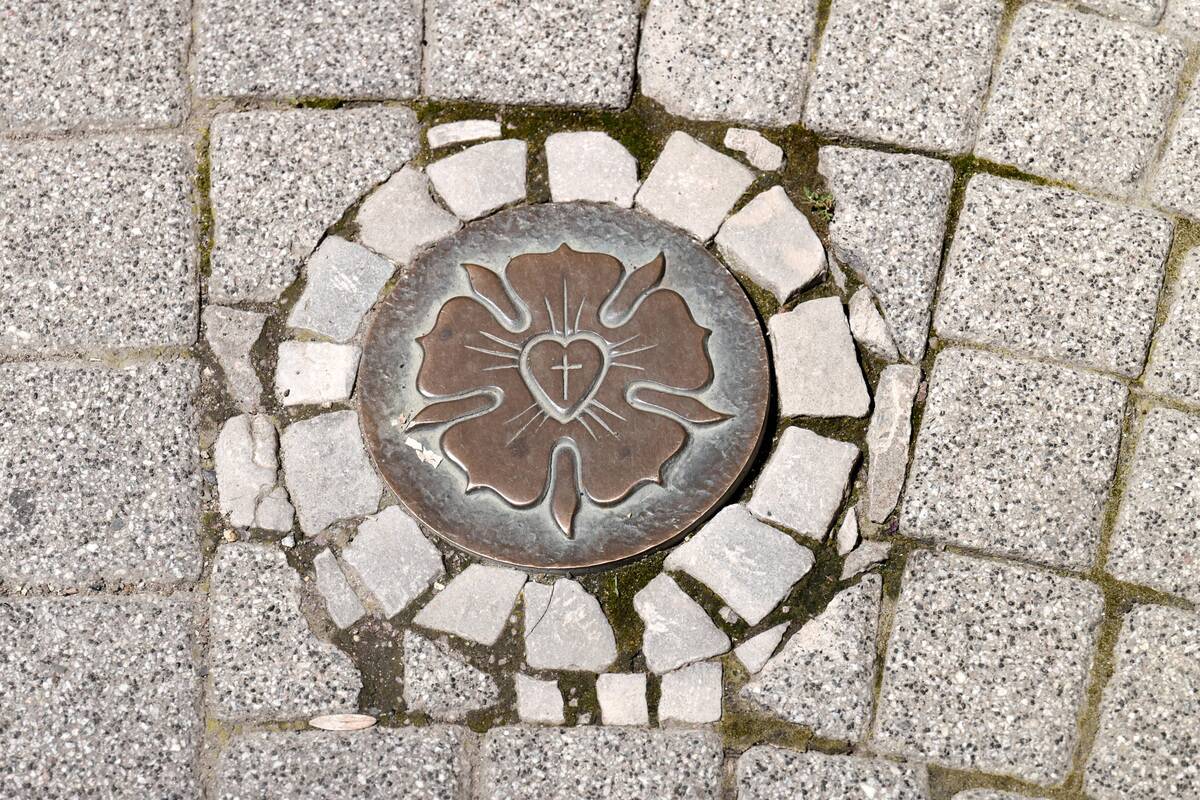
Sigils are personalized symbols created for specific intentions, often used in modern magical practices for protection. Each sigil is a unique design, imbued with the creator’s intent and energy.
They are drawn, carved, or otherwise inscribed in places where protection is needed. Sigils are a powerful reminder of personal empowerment, allowing individuals to harness their inner strength and create a symbolic barrier against negative influences.
Garlic: A Fragrant Folklore Protector

Garlic has a long history as a protective charm, revered for its ability to ward off evil spirits and even vampires. Across various cultures, garlic is hung in doorways or worn to deter malevolent forces.
Its pungent smell and natural antibacterial properties have contributed to its reputation as a powerful protector. Whether in folklore or in kitchens, garlic remains a symbol of health and defense against the unseen.
The Star of David: A Jewish Emblem of Safety

The Star of David, or Magen David, is a widely recognized symbol of Judaism, representing both religious identity and divine protection. Its interlocking triangles are believed to symbolize the connection between God and humanity.
Often worn as jewelry or displayed in homes, the Star of David serves as a symbol of faith and a protective emblem for the Jewish community. Its six points are said to represent God’s rule over the universe in all six directions.



